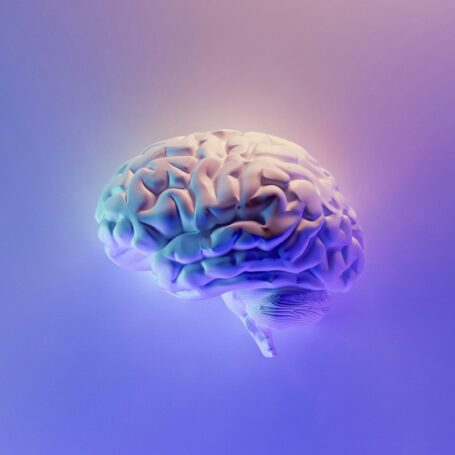Who Takes Humanities Courses? A Lot of Social Scientists
Besides humanities majors, who takes courses say, in philosophy, art or history, in college and university? In the United States, it’s prospective social scientists. And who doesn’t? Future engineers.
So reports the American Academy of Arts & Sciences’ Humanities Indicators website, using the latest (2008) data from the Baccalaureate and Beyond Longitudinal Study, which is a product of the National Center for Education Statistics.
As Humanities Indicators wrote, “Both in terms of absolute numbers and share of all courses taken, engineering students earned the fewest humanities credits (11 percent of median number earned by these students in all subjects) while social scientists earned the most (equaling 22 percent of all credits).” Close behind social science are education majors with 18 percent of all credits drawn from the humanities.
Humanities majors returned the favor: They tend to take fewer credits of STEM courses than the STEM majors take in the humanities. There’s also an imbalance in social science, where humanities major take fewer courses than their friends in the social sciences take humanities courses.
The linkage between the humanities and social science fits into some preconceived notions about the larger academic landscape. Quite often the humanities and the social sciences are referred to as a composite category (the so-called HSS, a not always happy alliance, as the cartoon below suggests) when surveying the academic landscape, just as the physical and biological sciences, engineering and mathematics get lumped into their own bin (STEM). The shorthand nonetheless concerns many in the social science community, who argue that social science is science and would rather see themselves considered among the STEM disciplines.
Although not part of the Humanities Indicators report, the NCES numbers find that outside of healthcare studies, more than 95 percent of bachelor’s degree majors took at last some social science coursework. (Of course, a lot of that might have to do with general education mandates, and the NCES figures don’t break out what those might be on average.) Here’s the median number of social science credits earned by major, with engineering again taking the fewest courses: computer and information science, 11 credits; engineering, 9; biological and physical science, math and agriculture, 14; health care, 12; business, 15; social science, 48; humanities, 15; and education, 15.
The analysis is a little different from many past examinations, which focus on declared majors and not actual courses taken. “Compared with our knowledge about students who take courses in the sciences, we know very little about who takes humanities courses in college,” explained the co-principal investigator of Humanities Indicators, Norman Bradburn, the former provost of the University of Chicago. “With the sciences, most of what we know is about majors rather than courses taken because data on majors are more readily available.”
Bradburn noted that the more common metric obscured the impact of humanities overall. “Although humanities majors constitute a smaller proportion of college graduates than do science majors (12 percent vs. 15 percent), it is surprising to find that college students as a whole take a higher number of humanities courses than STEM courses (22 credits vs. 17 credits or about 17 percent vs. 14 percent of their total credit hours).”
























































































